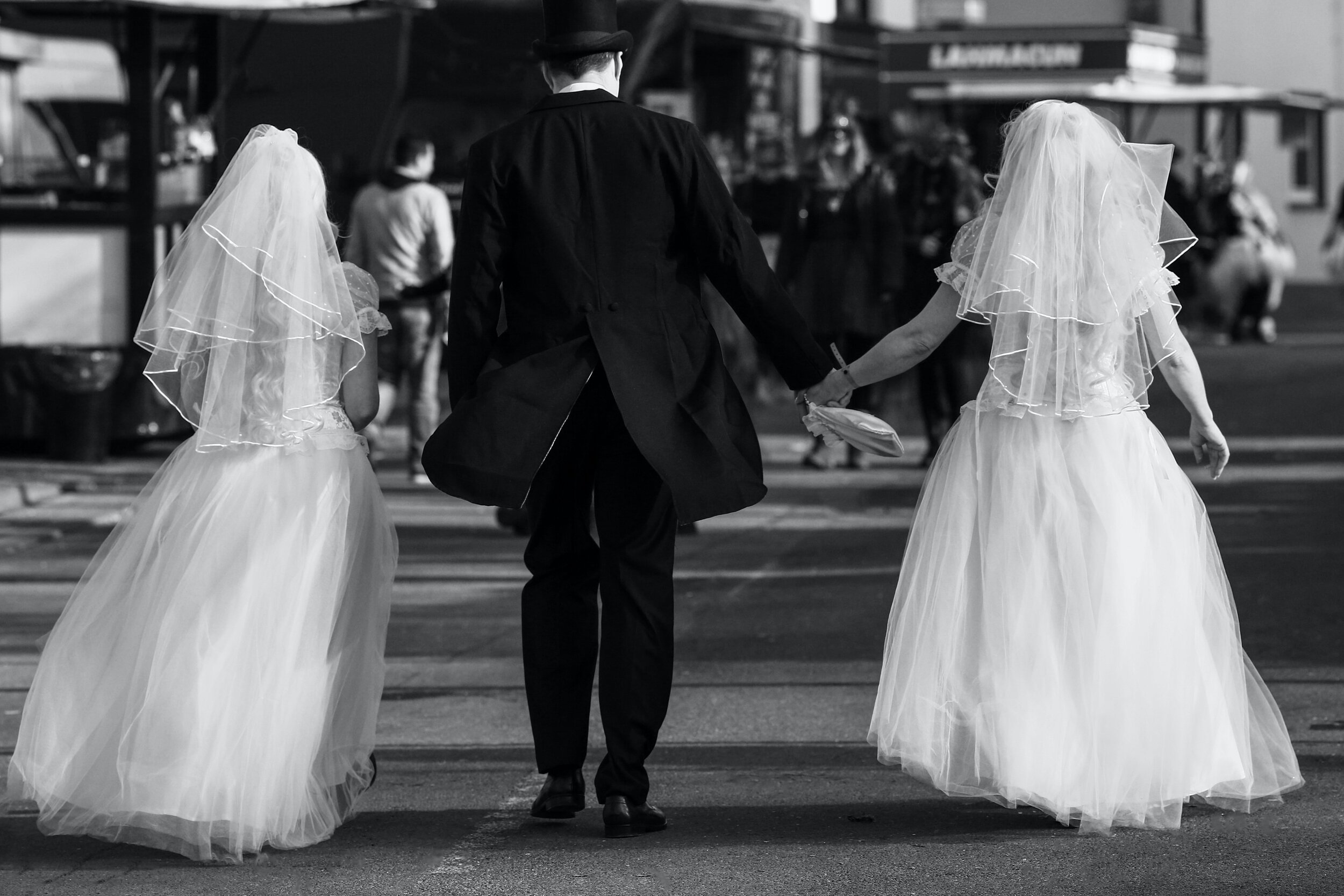Conviction of second spouse; bigamous marriage
The penalty of prision mayor shall be imposed upon any person who shall contract a second or subsequent marriage before the former marriage has been legally dissolved, or before the absent spouse has been declared presumptively dead by means of a judgment rendered in the proper proceedings.
 In Montañez v. Cipriano,[1] the Supreme Court enumerated the
elements of bigamy as follows:
In Montañez v. Cipriano,[1] the Supreme Court enumerated the
elements of bigamy as follows:The elements of the crime of bigamy are: (a) the offender has been legally married; (b) the marriage has not been legally dissolved x x x; (c) that he contracts a second or subsequent marriage; and (d) the second or subsequent marriage has all the essential requisites for validity. The felony is consummated on the celebration of the second marriage or subsequent marriage. It is essential in the prosecution for bigamy that the alleged second marriage, having all the essential requirements, would be valid were it not for the subsistence of the first marriage. (Emphasis supplied)
For the second spouse to be indicted as a co-accused in the crime, People v. Nepomuceno, Jr.[2] instructs that she should have had knowledge of the previous subsisting marriage. People v. Archilla[3] likewise states that the knowledge of the second wife of the fact of her spouse’s existing prior marriage constitutes an indispensable cooperation in the commission of bigamy, which makes her responsible as an accomplice.
The crime of bigamy does not necessary entail the joint liability of two
persons who marry each other while the previous marriage of one of them is
valid and subsisting. As explained in Nepomuceno:[4]
In the crime of bigamy, both the first and second spouses may be the offended parties depending on the circumstances, as when the second spouse married the accused without being aware of his previous marriage. Only if the second spouse had knowledge of the previous undissolved marriage of the accused could she be included in the information as a co-accused. (Emphasis supplied)
[1] G.R. No. 181089, 22 October 2012, 684 SCRA 315.
[2] 159-A Phil. 771 (1975).
[3] 111 Phil. 291 (1961).
[4] Supra note 2, at 775.
